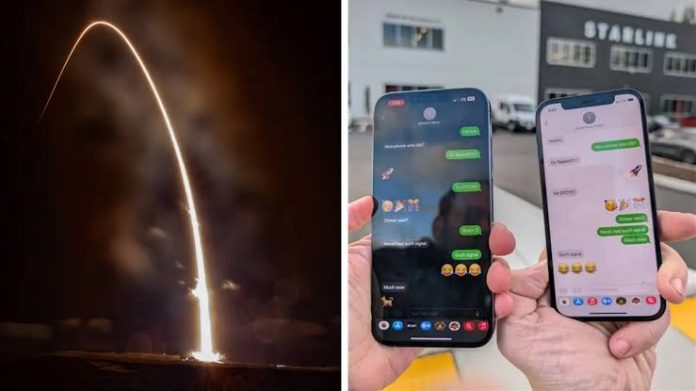SpaceX, under the leadership of Elon Musk, has recently achieved a major milestone in its Starlink project. On January 8, the company successfully demonstrated the capabilities of its new Direct to Cell (DTC) satellites by sending and receiving the first text messages using T-Mobile’s network spectrum. These satellites, launched on January 2, represent a groundbreaking development in satellite communication technology.
The primary objective of the DTC satellites is to enable direct connectivity between mobile phones and satellites, offering voice, text, and data services in remote areas without relying on traditional terrestrial infrastructure. This breakthrough has the potential to eliminate cellular dead zones, providing communication services in areas where conventional networks are unavailable.
What sets this initiative apart is the collaboration with T-Mobile and the utilization of its network spectrum. The Federal Communications Commission (FCC) has approved SpaceX’s use of T-Mobile’s spectrum, paving the way for the company to offer internet access to smartphones in the United States. This strategic partnership leverages existing infrastructure to enhance connectivity and bridge communication gaps, particularly in remote and underserved regions.
Elon Musk envisions the DTC technology as a significant improvement, aiming to address connectivity challenges and enhance communication services. The ambitious plan includes rapid expansion, with SpaceX aiming to offer text services as early as 2024. Looking ahead, the company plans to extend its offerings to include voice, data, and Internet of Things (IoT) services by 2025, further solidifying its position in the satellite communication market.


